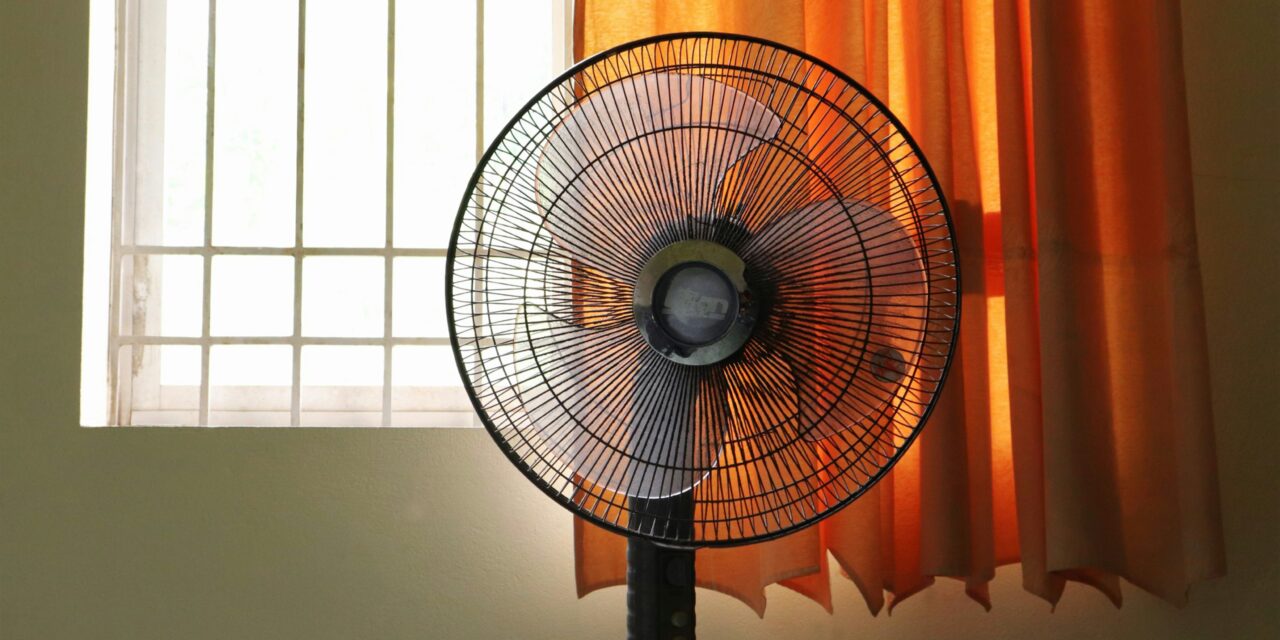Federal Cuts to Energy Assistance Programs Exacerbate Maryland's Energy Poverty Crisis

Summary
Full Article
The collision of climate-driven heatwaves, aging housing infrastructure, and soaring utility bills with federal cuts to critical support programs has created an energy poverty crisis affecting hundreds of thousands of Maryland residents. HR 1, signed into law on July 4, enacted devastating reductions to the Low Income Home Energy Assistance Program (LIHEAP), Medicaid, SNAP, and Children's Health Insurance Program, eroding the safety net that keeps vulnerable families alive during extreme weather conditions.
Energy poverty, defined as households spending more than 6% of income on utilities, affects nearly 20% of Maryland families according to a 2023 report from the Institute for Energy and Environmental Research. The American Council for an Energy-Efficient Economy found that low-income families nationally spend 8.1% of their income on energy—more than three times the rate for wealthier households—meaning at least a quarter of U.S. households carry unsustainable energy burdens. The U.S. Energy Information Administration reported that 17 million Americans received utility shutoff notices last year, highlighting the severity of the crisis.
HR 1's Section 10004 restricts the Standard Utility Allowance used to determine SNAP eligibility, limiting automatic access to households with elderly or disabled individuals. The Maryland Department of Human Services estimates that more than 684,000 SNAP-dependent residents could lose both food assistance and utility relief. The FY2026 federal budget proposes eliminating LIHEAP entirely, abandoning over 270,000 Maryland households during extreme weather events.
Governor Wes Moore has responded with policy measures including a $19 million energy relief fund and the Next Generation Energy Act, which sets renewable energy targets while capping ratepayer impacts. He also enacted the Renewable Energy Certainty Act, lifting zoning restrictions for solar development. However, the scale of response doesn't match the urgency—the $19 million fund breaks down to less than $75 per household, offering minimal relief against rising bills.
Progress under the Clean Energy Jobs Act of 2019, which mandates 50% renewable electricity by 2030, has slowed due to permitting backlogs and federal policy changes. Offshore wind development, supported by Maryland's Renewable Portfolio Standard and Offshore Wind Renewable Energy Credits, faces threats from federal executive orders freezing new leases and stripping tax incentives through HR 1.
Researchers Daniel Bednar and Tony Reames demonstrated in a 2020 Nature Energy analysis that federal programs fail to address the systemic nature of energy poverty. The South Atlantic region, from Maryland to Florida, bears the greatest energy burden yet receives minimal federal relief. As transportation emissions rise and state investments lag, Maryland's climate agenda risks shifting the burden onto communities already hardest hit by energy poverty.

This story is based on an article that was registered on the blockchain. The original source content used for this article is located at citybiz


